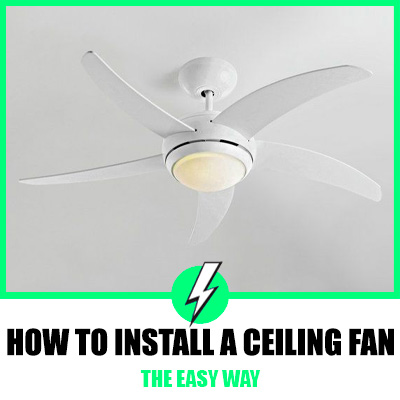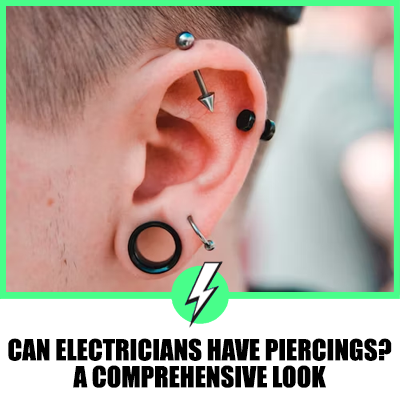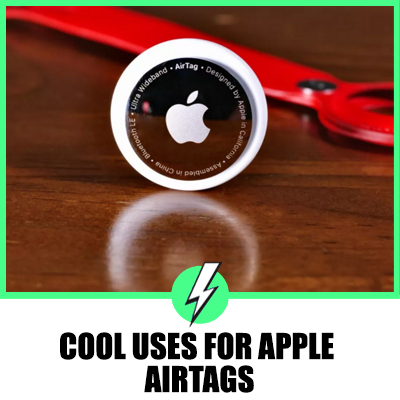How To Convert Mechanical Energy To Electrical Energy At Home?
Where does your electricity come from, and how is it produced, mechanical, solar, or other means of generating electricity?
Most of the UK’s electricity is generated mechanically from generators operated by steam or hydropower. The other sources are considered renewables but have a mechanical factor. Wind turbines from wind farms send electricity to the grid for distribution, but it’s still mechanical.
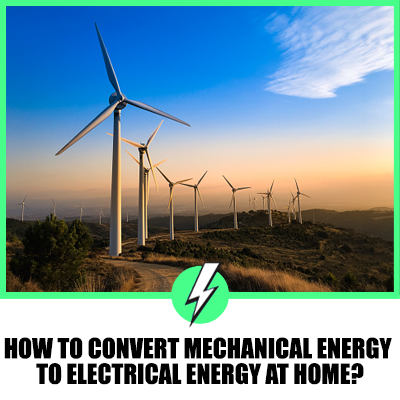
Contents
Which device converts mechanical energy into electrical energy?
An electric generator. The UK’s power comes from many sources, but the highest percentage is mechanically generated, whether from conventional resources or renewable energy.
Electric generators use mechanical energy to create electrical energy by movement through a magnetic field to excite electrons to flow in a circuit. Once this takes place, electricity as the consumer knows it is generated and transmitted around the country from the nearest generator.
Can you generate your own energy at home?
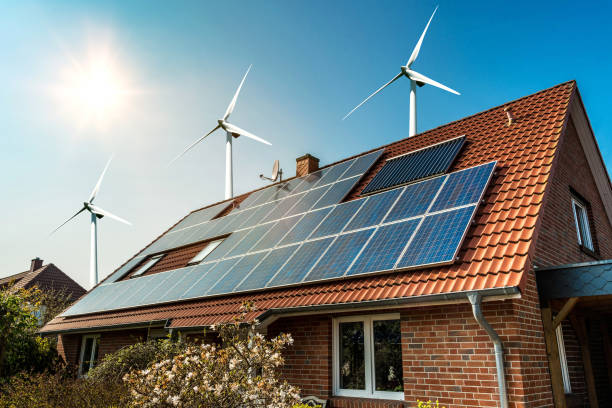
Yes, it’s becoming more popular, which will drive component prices down, making home power generation easier to attain for the average homeowner.
These are just some of the ways you can generate your electricity at home:
- Residential solar panels can be placed on a roof or framework if you have a big enough area.
- Wind turbines are great for generating electricity. England is a windy island, so wind power is popular. Power companies have invested heavily in wind power and wind farms.
- Solar water heaters are not a big hit in the UK. They only work efficiently for about 3 months of the year.
These items work on a residential level and can be scaled up to commercial and industrial., Not only do they provide energy without burning hydrocarbons which reduces your CO2 footprint, but you can also sell any excess power back to the grid.
How do you convert heat energy to electrical energy?
Heat energy is the conventional way for a power generator to make electricity. The heart that power generators start as normally burning hydrocarbons such as coal, gas or oil to heat water and make steam, well, more like vapour because the pressure is higher.
Once sufficient pressure has built up, the steam or vapour is released to spin the generator at high speed.
The generator spinning executes the electrons, and now you have electricity.
What are thermoelectric generators used for?
Scientists have been trying for decades to deliver a high yielding thermal energy device to take heat energy and convert it into electricity.
It’s known as Thermion thermoelectric conversion, which can convert waste heat at high temperatures into electricity.
Presently they are only used in conjunction with nuclear energy plants.
How is chemical energy converted directly into electrical energy?
Fossil fuels such as coal, gas, and oil are all chemicals in one form or another, and the process of burning these fossil fuels turns chemical energy into mechanical energy.
They are used to heat water, which produces high-pressure steam to rotate a turbine. The turbine is connected to a generator, which moves a magnet in and IT a wire, inducing an Alternating current.
This is then transmitted to households and industry via step-up and step-down transformers. One could argue that this method converts chemical energy into motion, or kinetic energy, and then into electrical energy.
Which energy of a battery is converted to electrical energy?
Chemical potential energy. Batteries have cathodes and anodes in which electrons move. When an electron moves from a cathode to an anode, it gains a charge.
This charge increases the battery’s chemical potential, hence placing a charge in the battery.
When the electrons move from the anode to the cathode, they convert the potential chemical energy into electricity in the battery’s circuits.
What kind of energy is in a battery potential or kinetic energy?
Batteries are potential energy, which is different from kinetic energy. If you used the battery as an object to throw, it would change to both kinetic and potential energy.
The battery stores potential energy because of the transfer of electrons from the anode to the cathode, and the energy is stored while waiting to be connected to a circuit.
Is a dry cell of a battery kinetic or potential energy?
Batteries are chemical potential energy. The chemical in the battery has the potential to be converted into motion, whereas electricity powering a light bulb is kinetic energy due to the flow of electrons.
Do motors produce electricity?
If wired correctly and rotated the opposite way to its design, it’s possible.
Essentially an electric motor takes electricity; however, it has been generated and turns that electricity into mechanical power.
Most of your appliances in your home take a power source (electricity) and convert that power into mechanical power.
Does a TV use mechanical energy?
Yes and no, the generated electricity is mechanical, so it’s possible to argue that it uses mechanical electricity, but it takes the electricity flowing in the cables, which is kinetic energy and converts that into the light!
The TV transforms the incoming energy with an electric bean from the control circuit, hitting a thin layer of chemicals to make the screen glow.
In this case, the electricity is definitively turned into a light source.
Which appliance uses the most energy?
Amazingly the fridge freezer uses the most electricity in most homes, up to a third of your electricity over the year. Unless you have a young family and the washing machine and tumble dryer are constantly on.
Other items that use a lot of electricity are:
- Dishwasher
- Washing machine
- Tumble dryer
- Kettle
- TV
- Desktop computer
- Lights
It’s pretty obvious which will consume the most electricity in your home, and you can do something about it, like using smart light switches.
You may pay more at first to buy and install the smart lights, but you can receive your investment back many times over the years.

